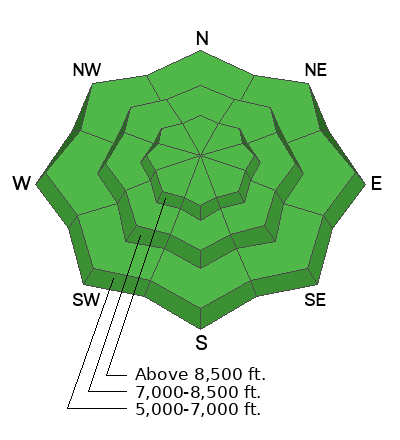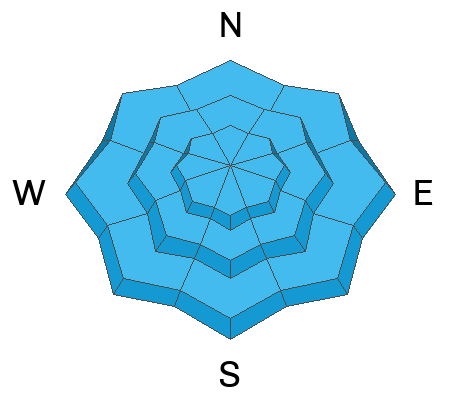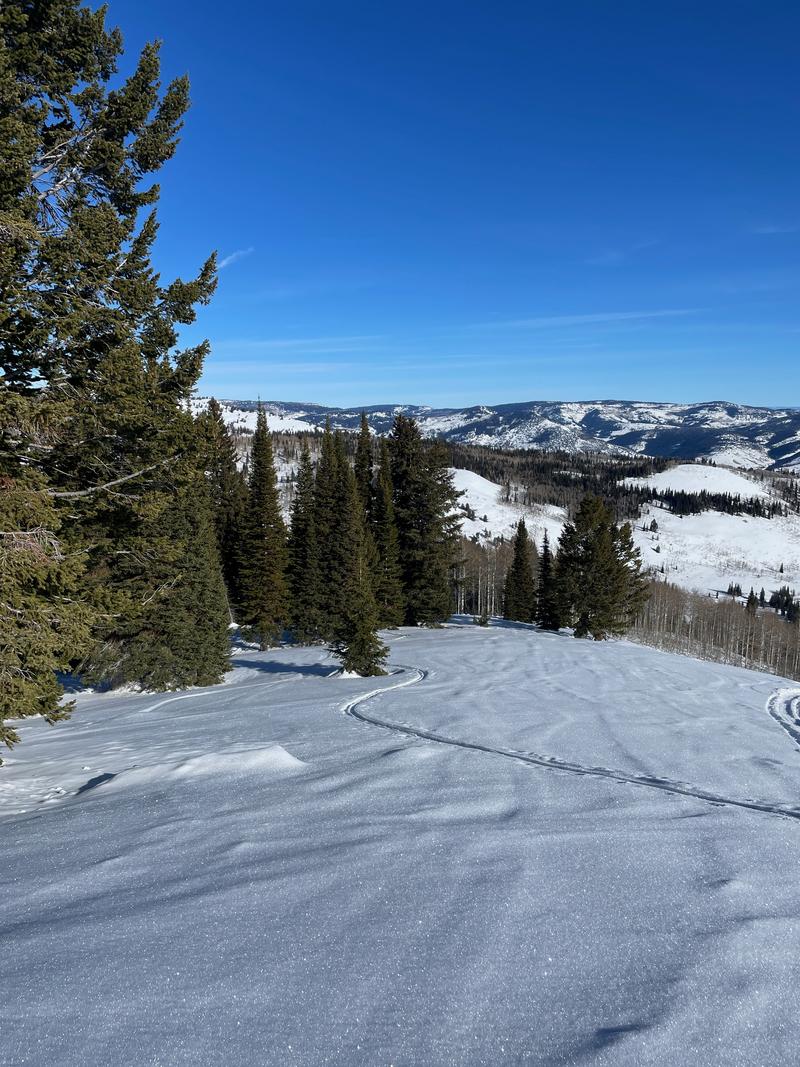To fulfill our mission, the UAC relies on our amazing backcountry community. Your support helps pay for the daily avalanche forecast, free awareness presentations across the state, and new tools like the new
Avalanche and Observation Explorer. As the end of the year approaches, please consider
donating to the UAC.If you venture into the backcountry today, you will enjoy nice sunny weather and easy traveling conditions with stable, generally supportable snow. The surface consists of crusty snow in sunny terrain, wind-jacked snow in high exposed terrain, and shallow, fast, recrystallized "loud powder" and glistening feathers of surface hoar on select sheltered slopes facing the northern half of the compass.
The
Tony Grove Snotel at 8400' reports 33° F and 41” of total snow. Light winds are blowing from the west-southwest (around 10 mph) at the 9700'
CSI Logan Peak weather station.
Dry conditions, with haze in the valleys and nice, mild, and mostly sunny weather in the mountains will continue through the remainder of 2023 and into the new year. There is no sign of a significant winter storm in sight for at least the first several days of 2024.
Read the most updated forecast discussion from our partners at the National Weather Service for Southern Idaho
HERE, and for Northern Utah
HERE.
Other than Tuesday's report of a previous small natural avalanche near
Millville Peak, no other avalanches were reported recently in the Logan Zone.
Check out all local observations and avalanches
HERE.










